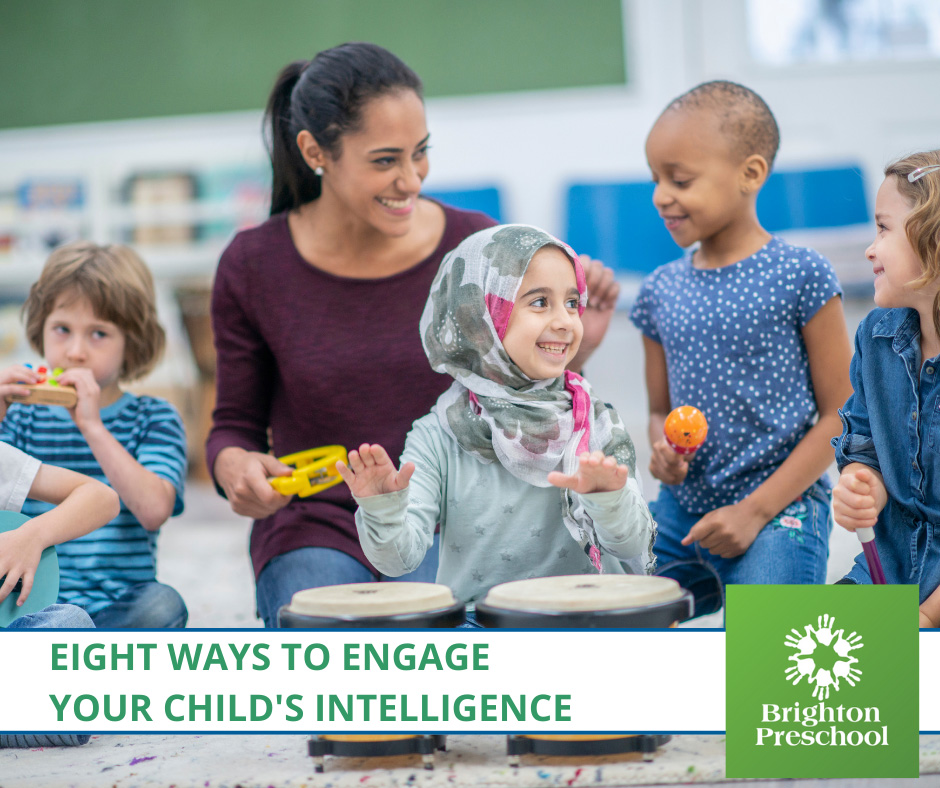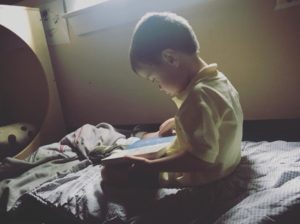Eight Ways to Apply Howard Gardner’s Theory at Home
Brighton Preschool is committed to high-quality education. That’s why we make sure students are learning the best type of curriculum that will set them up for success. At Brighton Preschool, children are able to explore their natural abilities and talents through Howard Gardner’s Theory. This approach theorizes that children do not have just an intellectual capacity, but have multiple intelligences including musical, interpersonal, spatial-visual, kinesthetic, intrapersonal, naturalistic, logical-mathematical, and linguistic.
Did you know Gardner’s Theory can also be applied outside of the classroom?
Here are eight ways parents can help engage their child’s intelligence at home through Howard Gardner’s Theory.
1. Music
Parents can host a dance party with their little one, paint to music or make up new words to a favorite song (make it silly and enhance your fun), create musical instruments with paper plates/cups and items from your pantry.
2. Interpersonal
Set up a play date once or twice a week, go to the live theater or shopping, group art lessons, write letters or cards to people, visit a retirement home and deliver crafts or goodies; anything to be social and engaged with a variety of people.
3. Spatial-visual
Give your child materials to build a fort or tall tower, sidewalk chalk drawing, pattern building, build a match box car town, do simple mazes, puzzles, and rearrange their bedroom furniture together.
4. Kinesthetic
Get moving by taking the dogs on a walk, having a dance party, making a hopscotch with construction paper on the kitchen floor, scarf dancing, obstacle course, or playing hide-n-seek.
5. Intrapersonal
Build a one-person tent, do a puzzle, set up an art easel for 1, read stories, or build with legos.
6. Naturalistic
Go on a nature walk, take care of someone’s plants while they’re out of town, visit the local home garden store, create collage art with natural materials, or water play.
7. Logical-mathematical
Measure and build small structures, marshmallow and toothpick building, pattern creating with strips of paper, or reorganize the clothes in your closet by color.
8. Linguistic
Create original stories, create kid commercials and plays, sing songs, make up rhymes or read together.









